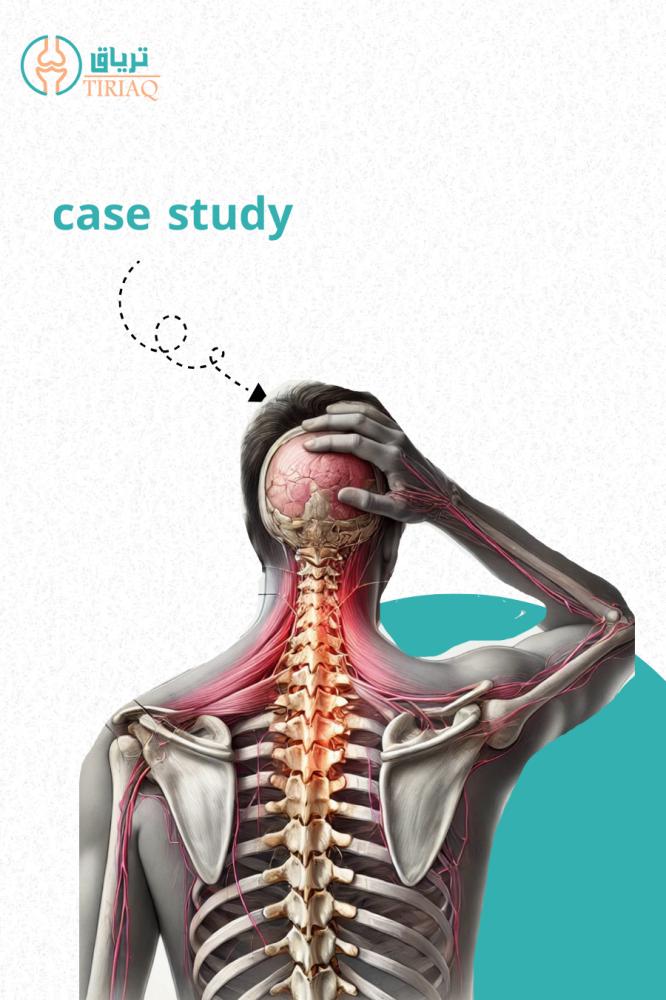-
العملة

The case describes a 37-year-old construction worker with left-sided neck and arm pain radiating to the thumb, weakness in left arm movement, and sensory changes. His symptoms started after lifting a heavy object, and his examination findings suggest C5-C6 nerve root involvement.
Key findings:
• Pain and weakness in the left arm, particularly elbow flexors and wrist extensors (C6 myotome).
• Sensory deficits in the left thumb and index finger (C6 dermatome).
• Positive Spurling’s test, indicating cervical radiculopathy.
• MRI findings: C5-C6 disc protrusion and foraminal stenosis, confirming nerve root compression.
The most likely diagnosis is C6 radiculopathy due to cervical disc herniation at C5-C6. Management typically includes physical therapy, NSAIDs, and possibly epidural steroid injections, with surgery considered for persistent or severe cases.
Treatment Options for C6 Radiculopathy Due to C5-C6 Disc Herniation
Treatment depends on the severity of symptoms, duration, and impact on daily life. The approach includes conservative management, interventional procedures, and surgical options if necessary.
Conservative Management (First-line treatment)
Most patients improve with non-surgical care within 6–12 weeks.
• Activity modification: Avoid heavy lifting, overhead activities, or movements that worsen symptoms.
• Physical therapy (PT):
• Cervical traction to relieve pressure on the nerve root.
• Postural training and ergonomic adjustments.
• Strengthening exercises for neck and scapular stabilizers.
• Nerve gliding exercises to reduce nerve irritation.
• Pain management:
• NSAIDs (e.g., ibuprofen, naproxen) for inflammation and pain relief.
• Muscle relaxants (e.g., cyclobenzaprine, tizanidine) if muscle spasms are present.
• Neuropathic pain medications (e.g., gabapentin, pregabalin, or amitriptyline) if radicular pain persists.